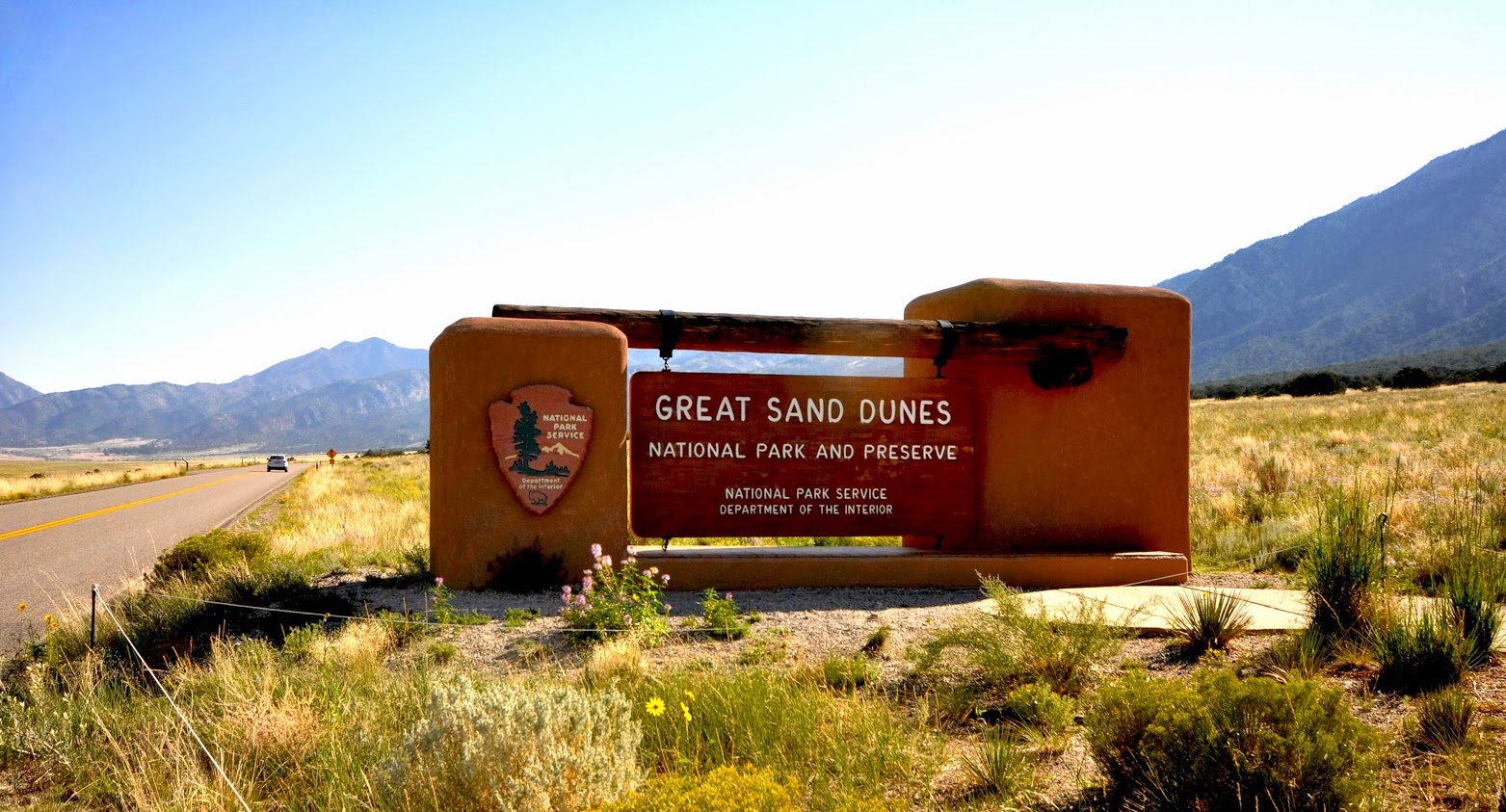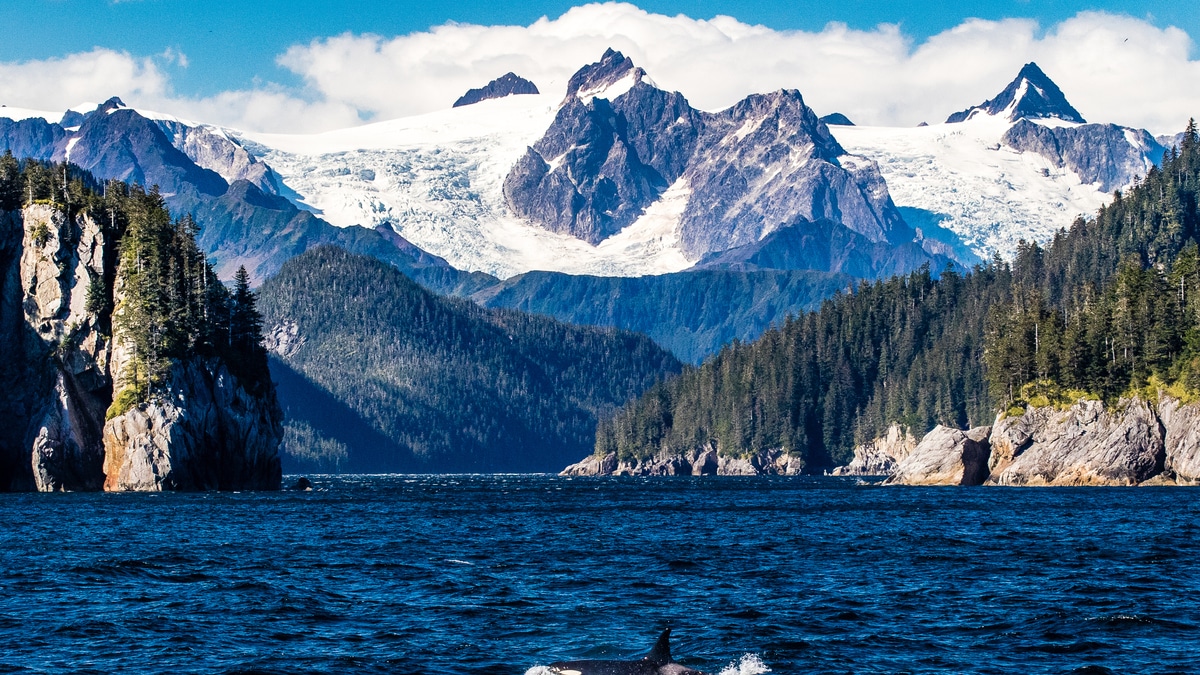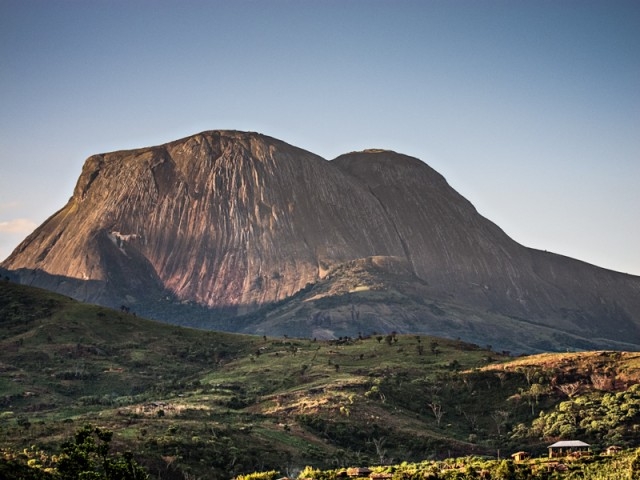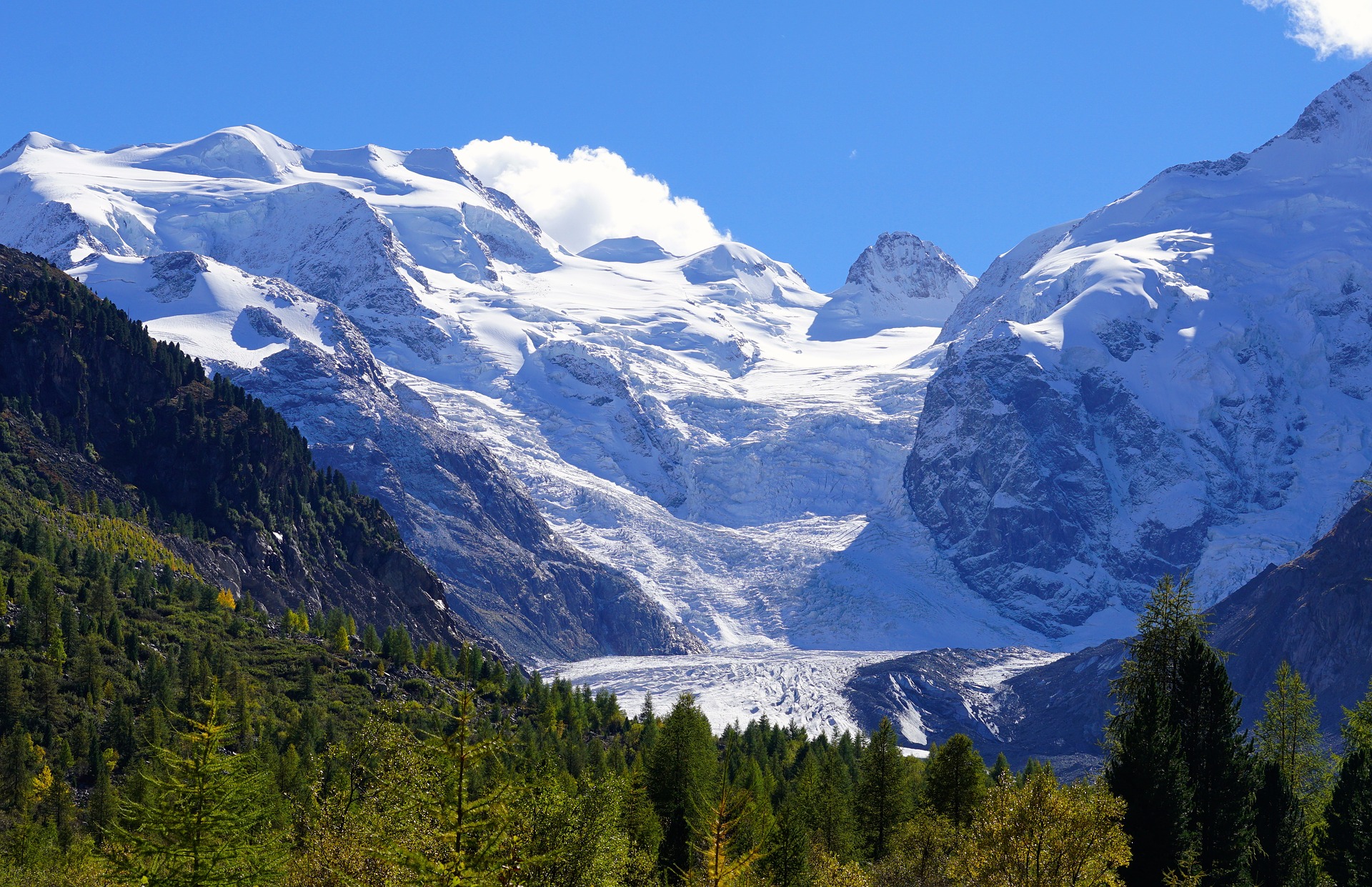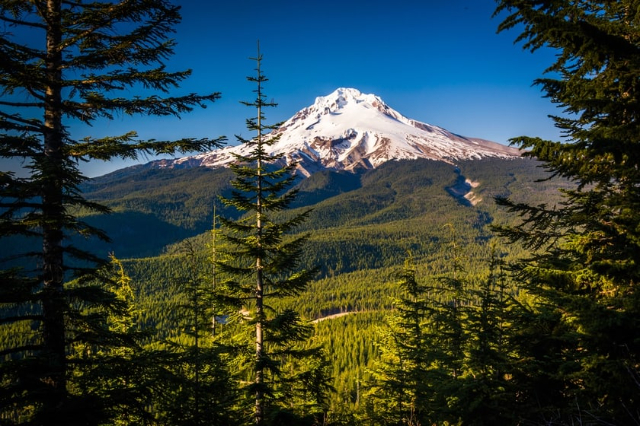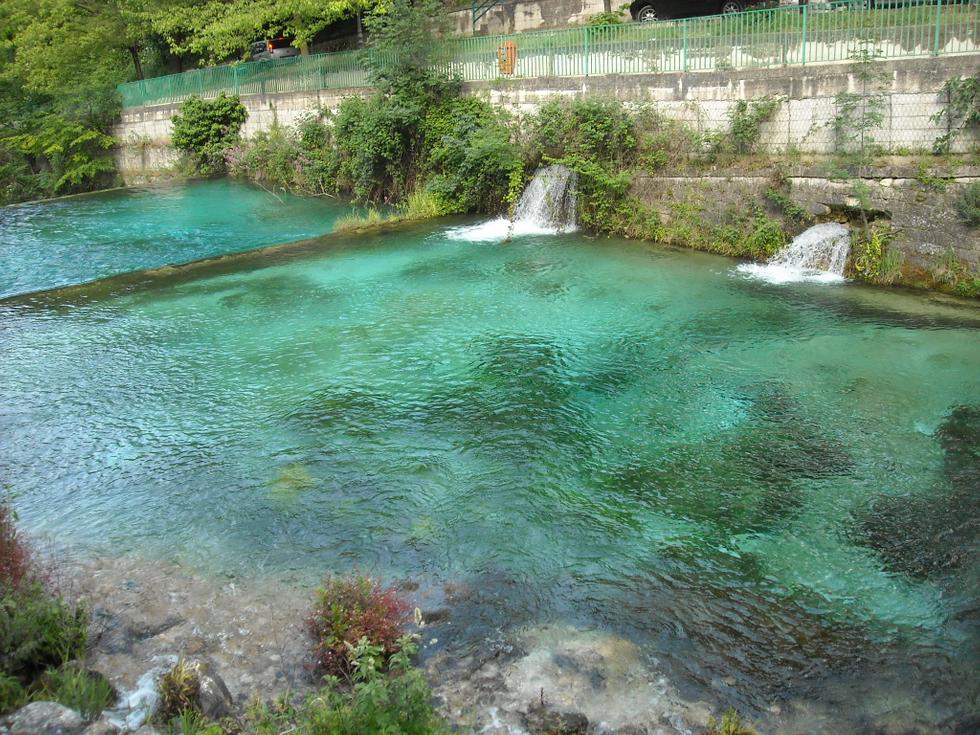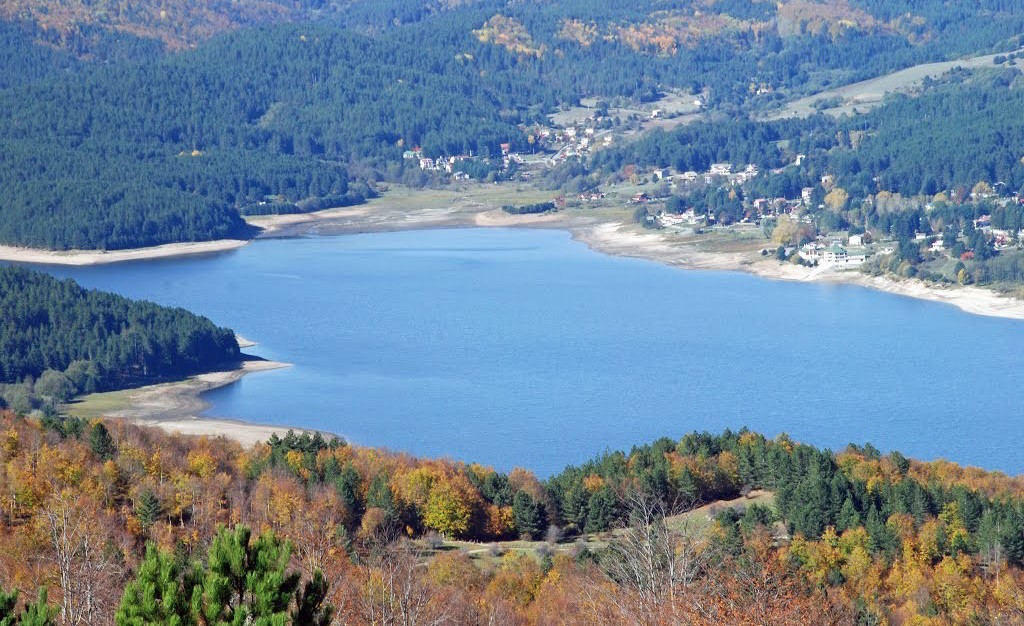Open all day and night year round, the tallest dunes in North America are the centerpiece in a diverse landscape of grasslands, wetlands, conifer and aspen forests, alpine lakes, and tundra.Great Sand Dunes National Park and Preserve is an American national park that conserves an area of large sand dunes up to 750 feet (229 m) tall on the eastern edge of the San Luis Valley, and an adjacent national preserve in the Sangre de Cristo Range, in south-central Colorado, United States.The park contains the tallest sand dunes in North America.The dunes cover an area of about 30 sq mi (78 km2) and are estimated to contain over 1.2 cubic miles (5 billion cubic metres) of sand. Sediments from the surrounding mountains filled the valley over geologic time periods. After lakes within the valley receded, exposed sand was blown by the predominant southwest winds toward the Sangre de Cristos, eventually forming the dunefield over an estimated tens of thousands of years. The four primary components of the Great Sand Dunes system are the mountain watershed, the dunefield, the sand sheet, and the sabkha. Ecosystems within the mountain watershed include alpine tundra, subalpine forests, montane woodlands, and riparian zones.
Evidence of human habitation in the San Luis Valley dates back about 11,000 years. The first historic peoples to inhabit the area were the Southern Ute Tribe; Apaches and Navajo also have cultural connections in the area. In the late 17th century, Diego de Vargas, a Spanish governor of Santa Fe de Nuevo México, became the first European on record to enter the San Luis Valley. Juan Bautista de Anza, Zebulon Pike, John C. Frémont, and John Gunnison all travelled through and explored parts of the region in the 18th and 19th centuries. The explorers were soon followed by settlers who ranched, farmed and mined in the valley starting in the late 19th century. The park was first established as a national monument in 1932 to protect it from gold mining and the potential of a concrete manufacturing business.
Visitors must walk across the wide and shallow Medano Creek to reach the dunes in spring and summer. The creek typically has a peak flow from late May to early June. From July to April, it is usually no more than a few inches deep, if there is any water at all
